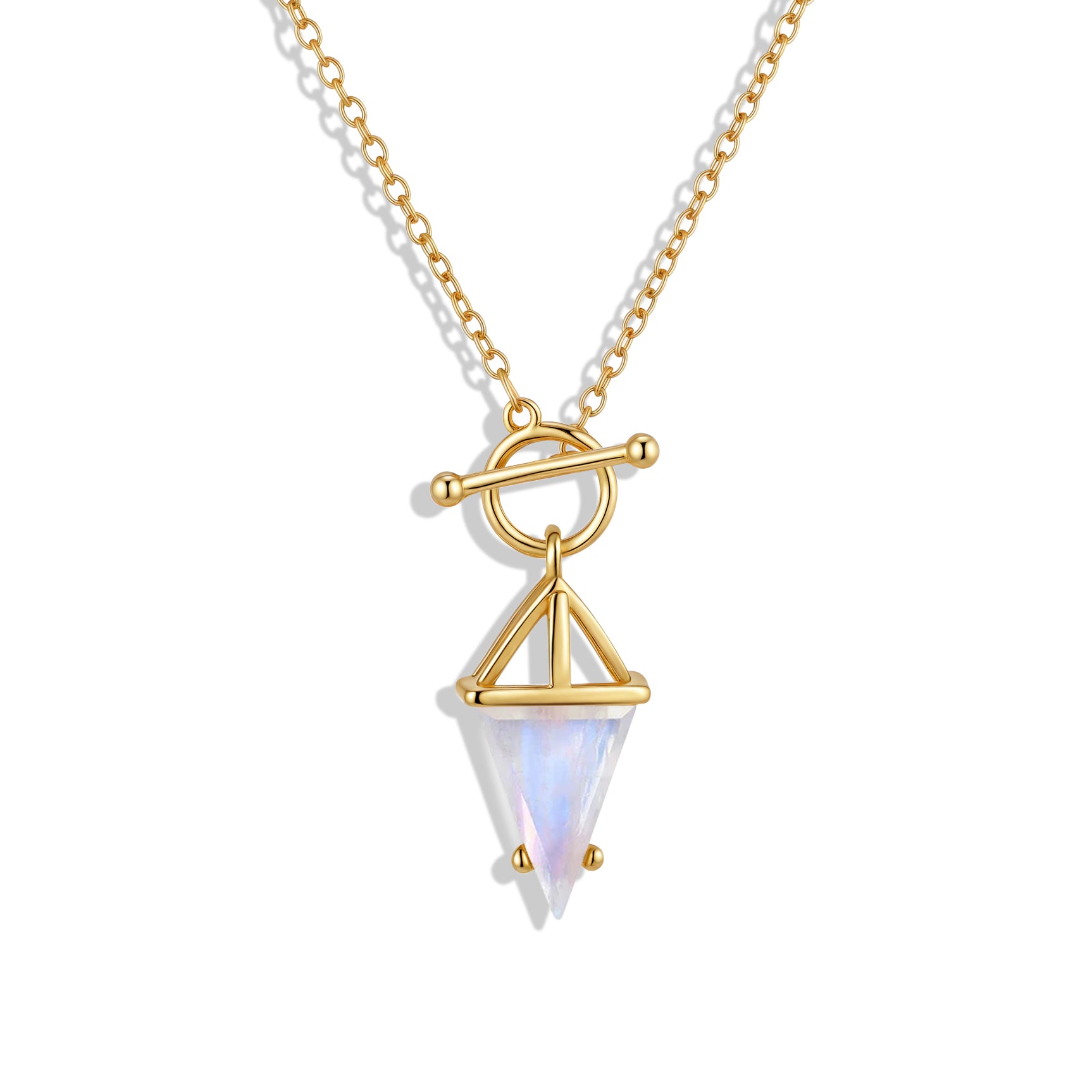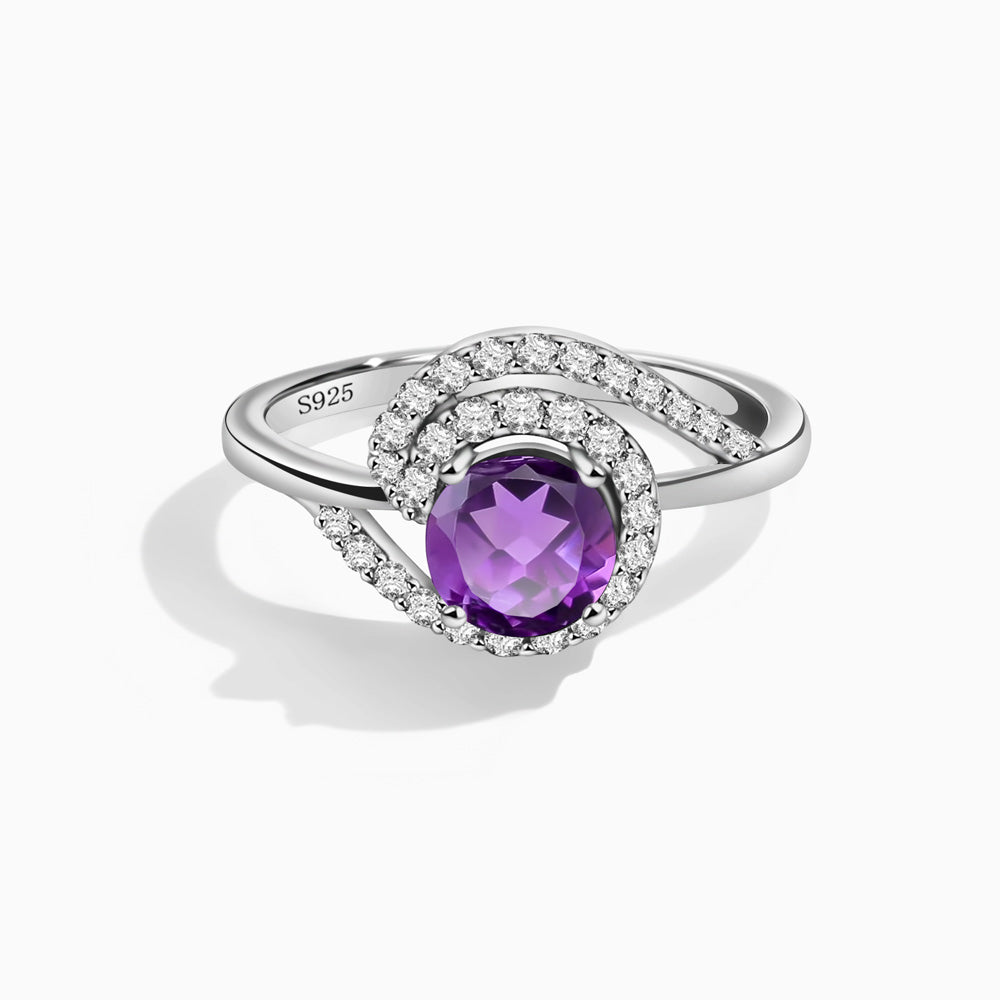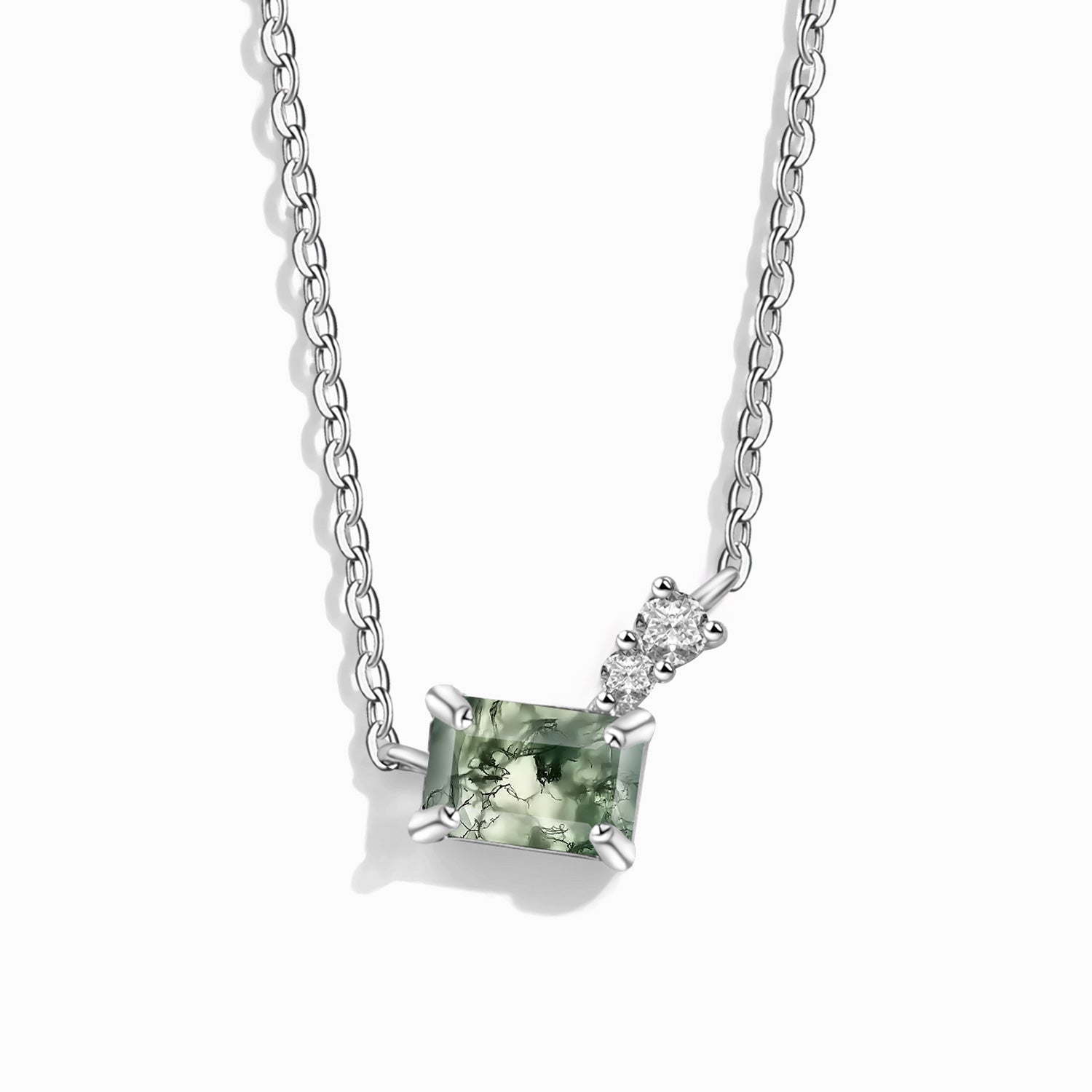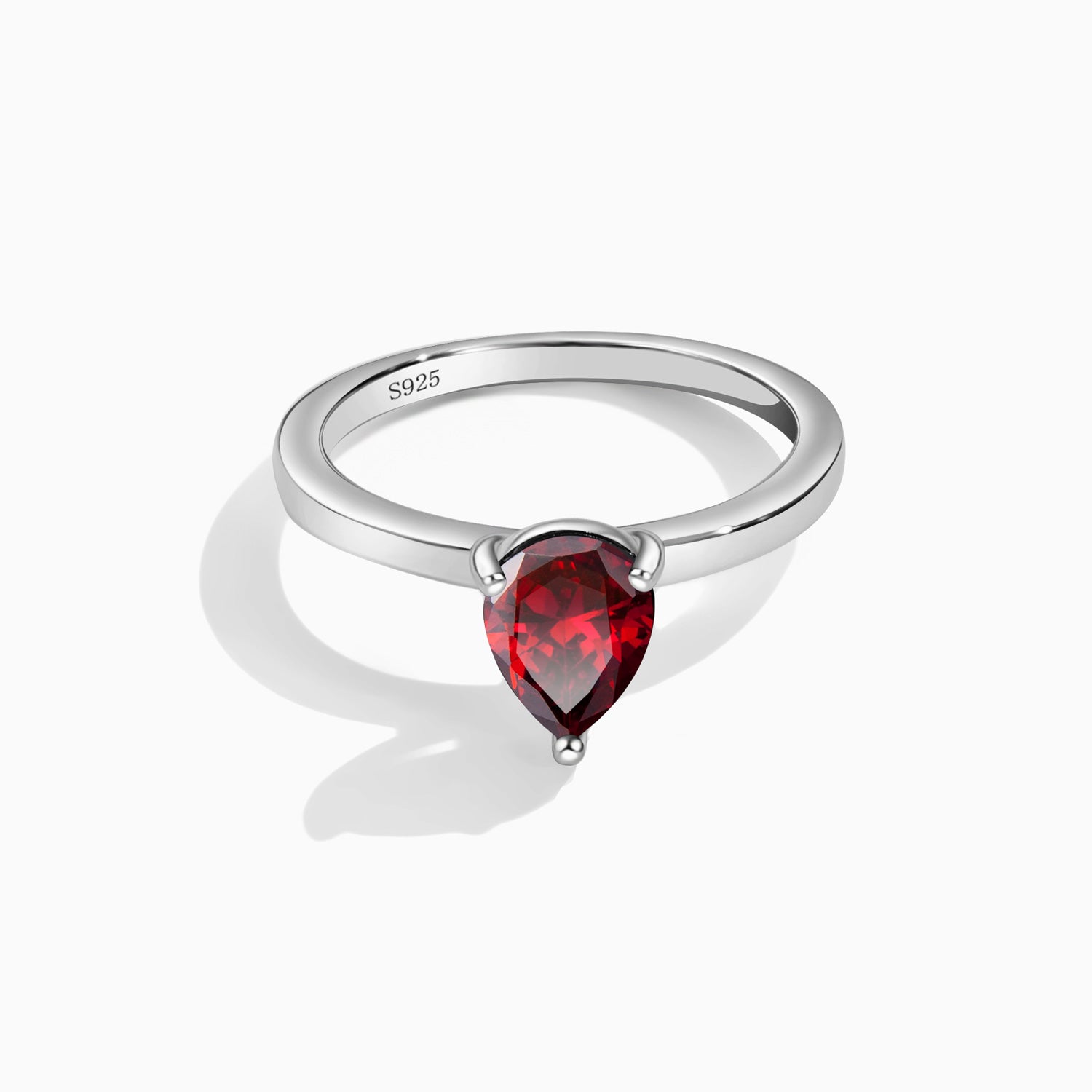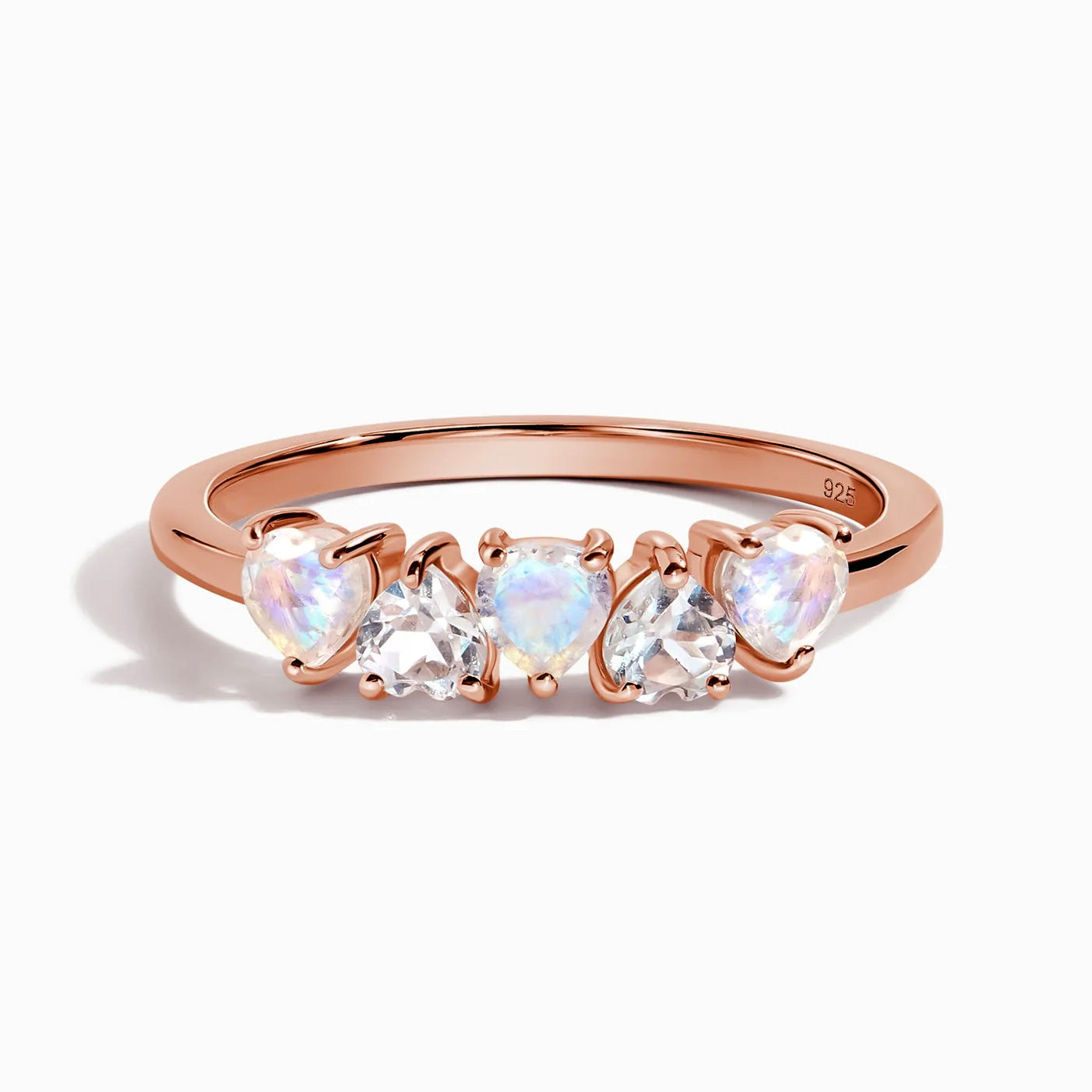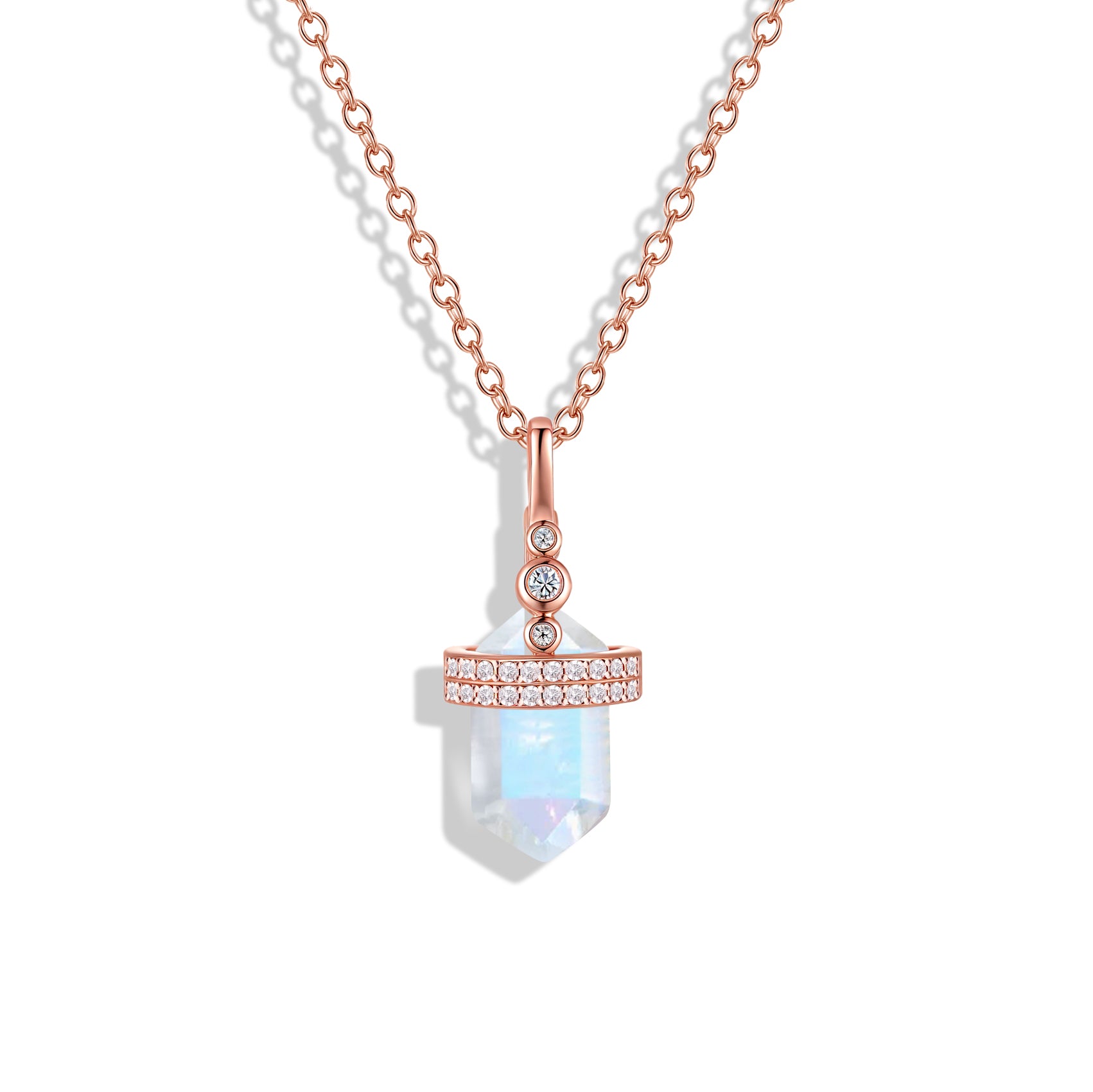Apophyllite was first discovered in 1806 by a French mineralogist named René Just Haüy. He noted that the crystal would flake off when subjected to heated temperatures, similar to a leaf being shredded. These observations inspired Haüy to name the crystal after the Greek words “apo” and “phyllos”, meaning “away from” and “leaf.
Compared to other crystals and minerals, not a lot of people are familiar with apophyllite or may have even confused it with clear quartz. It turns out that apophyllite is abundant in the mountains of India and Germany. They are also currently mined in large quantities from Canada, Norway, Scotland, Japan, the United States, and Brazil.
Despite the large amounts of apophyllite jewelry in the market, these crystals are actually difficult to cut. They also fracture unevenly if you do manage to break them from their mineral formations. It is also challenging to shape them with heat since they tend to flake off when exposed to high temperatures.
As a result, most of these crystals are coated in protective layers of synthetic diamond film or diamond-like carbon to improve their durability. Despite these obstacles, many people still found a way to make beautiful jewelry out of apophyllite. If you have some in your possession, then you are aware that they should be worn only for very special occasions.



